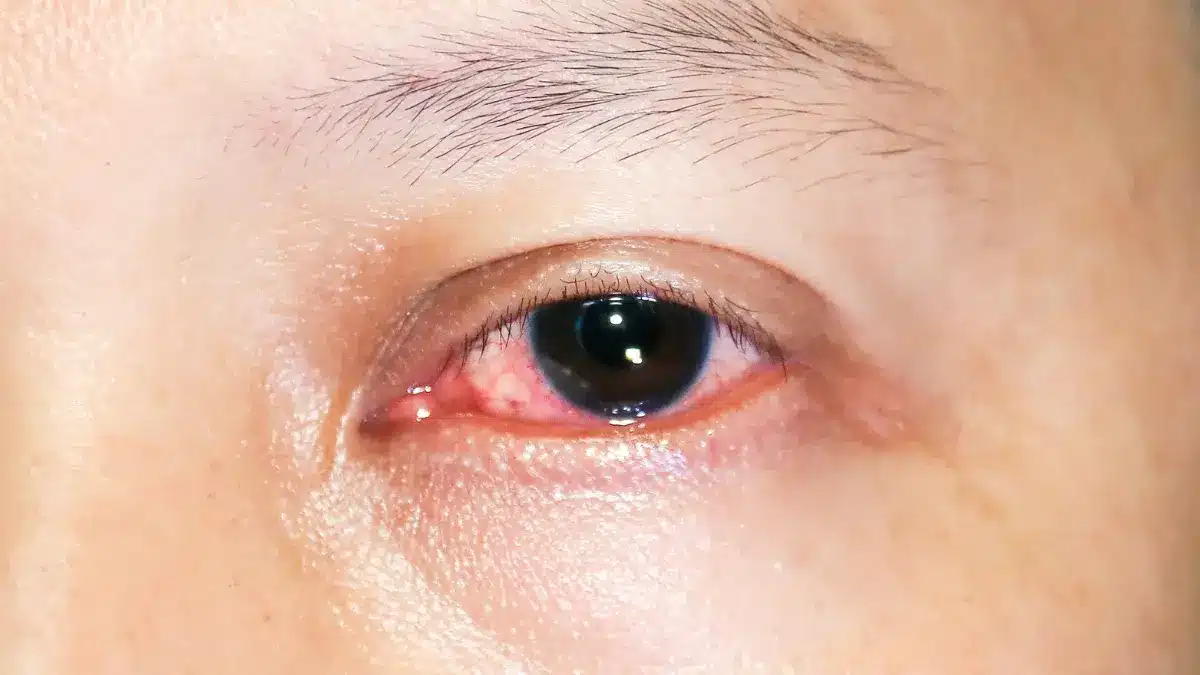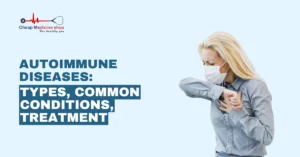Keratitis is a painful eye condition. It is a medical term for inflammation of the cornea, the transparent top layer of the eye.
Keratitis can result from an injury or infection, making your vision blurry and increasing light sensitivity.
Keratitis can be broadly classified into two categories: infectious and noninfectious. The cause of infectious Keratitis may be bacteria, viruses, or a fungal infection.
Whereas noninfectious Keratitis can result from an eye injury.
Whether infectious or noninfectious, Keratitis can cause discomfort and affect vision. Prompt treatment of Keratitis can help relieve this discomfort and protect your vision.
This article will delve into various Keratitis treatment options to help you improve your knowledge of the condition. We will also discuss how to prevent Keratitis.
Treatment for Keratitis
When it comes to treating Keratitis, the approach depends on its type, whether it’s noninfectious or infectious.
Infectious Keratitis treatment can further depend on whether the cause is bacteria, fungal, viral, or Acanthamoeba.
Let us discuss the treatment options for each in detail.
Save up to 90% on your medicine bills
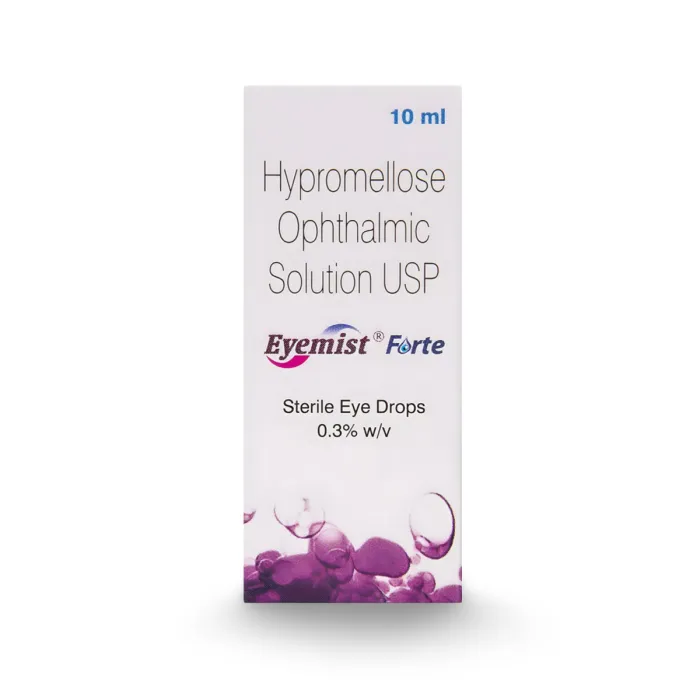
Eyemist Forte 10 ml
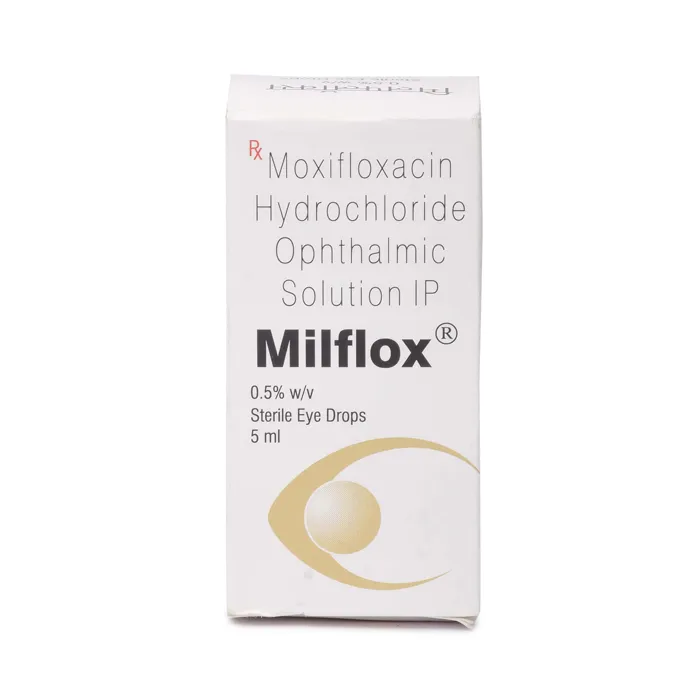
Milflox 0.5% 5 ml

Restasis 0.05% Ophthalmic Emulsion

Pred Forte 10 ml
Noninfectious Keratitis Treatment
Noninfectious Keratitis can occur due to an injury, a foreign object in the eye, or wearing contact lenses for too long.
Typically, mild noninfectious Keratitis tends to clear up on its own. An eye care specialist may recommend artificial tears to relieve Keratitis symptoms like redness, soreness, and irritation.
Steroid eye drops may be helpful to relieve swelling caused by Keratitis.
Infectious Keratitis Treatment
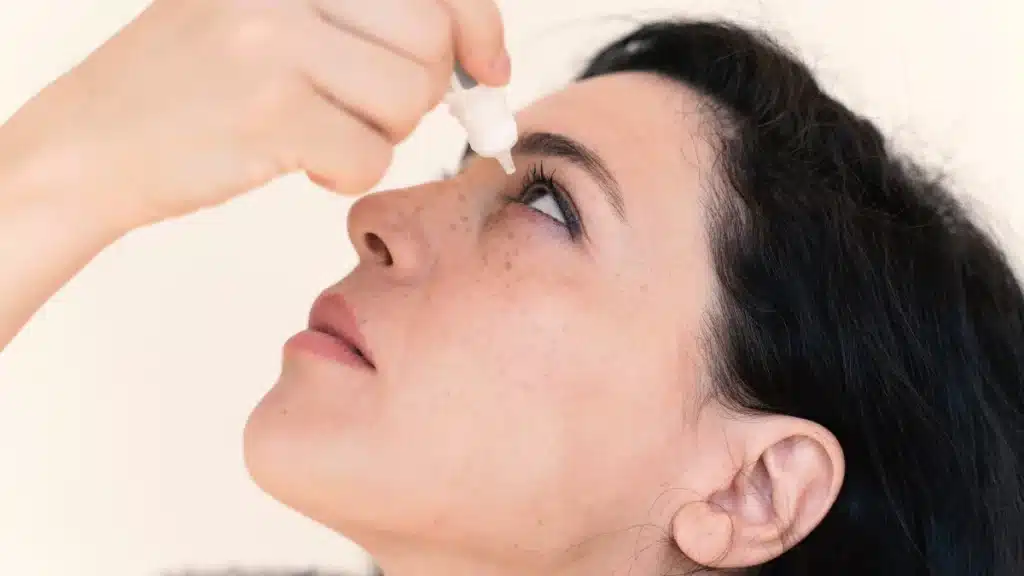
This section will discuss the treatment options for various kinds of infectious Keratitis. Different types of infectious Keratitis include bacterial, fungal, viral, and parasitic.
- Bacterial Keratitis is considered an ocular emergency as it can progress rapidly and result in severe complications. Primarily, antibiotic eyedrops like Tobramycin can treat bacterial infection and improve Keratitis symptoms.
- Fungal Keratitis is generally treated with Natamycin, a first choice treatment for the condition. It is available in the form of eye drops, used at every half to one-hour interval. The response to treatment is generally slow and requires 4 to 8 weeks of treatment.
- Viral Keratitis is generally treated with antiviral eyedrops and medications. Supportive care, such as a warm compress and artificial tear drops, could fasten the healing process.
- Acanthamoeba Keratitis can be difficult to treat because of the formation of cyst form.
Treatment generally includes the use of topical cationic antiseptic agents such as Chlorhexidine. The treatment process may last for about six months to one year.
If there is permanent cornea damage or Keratitis is unresponsive to medications, the doctor may recommend a cornea transplant.
Keratitis Prevention
Preventing Keratitis is crucial for maintaining eye health. Here are some practical steps to help protect your eyes
- Maintain proper eye hygiene if you wear contact lenses, follow a strict hygiene regimen, and avoid sleeping with your lenses in
- Schedule routine eye exams to detect and address eye issues early
- Use safety goggles or sunglasses to protect your eyes from irritants, especially in windy or dusty environments\
Final Outlook
Keratitis is an eye condition that affects the cornea. In Keratitis, the cornea becomes inflamed, which can cause discomfort and eye pain.
It is important to seek prompt medical treatment to protect your vision if you experience Keratitis symptoms.
Treatment of noninfectious Keratitis involves using artificial tears to relieve symptoms like redness and irritation. Steroid eye drops may help relieve swelling.
Treatment of infectious Keratitis depends on the underlying cause. For bacterial infections, antibiotic eyedrops may be effective.
Natamycin eyedrops can effectively treat fungal Keratitis.
Symptoms of Keratitis caused by viruses can be relieved with antiviral medications, while topical cationic antiseptic can treat parasitic Keratitis.
Additional care, such as using artificial tears and maintaining hygiene, can support the medical treatment.

Frequently Asked Questions
Is Keratitis contagious?
No, Keratitis itself is not contagious, but the underlying infections that cause it can be.
Practicing good hygiene and avoiding contact with infected individuals can reduce the risk.
See our Recommendations
How long does it take to recover from Keratitis?
Recovery time varies depending on the type and severity of Keratitis. Mild cases may resolve in a few days, while severe cases can take several weeks to months.
See our Recommendations
Can I wear contact lenses during keratitis treatment?
No, it’s best to avoid wearing contact lenses during keratitis treatment, as they can interfere with healing and worsen the condition. Consult your eye specialist for guidance.
See our Recommendations
What are the common symptoms of Keratitis?
Common symptoms include eye pain, redness, sensitivity to light, blurry vision, excessive tearing, and a sensation of having a foreign object in the eye.
See our Recommendations
Can I use homemade saline solutions to soothe my eyes during Keratitis?
No, it’s not advisable to use homemade solutions during Keratitis. Consult your eye specialist for recommendations on safe and effective eye drops or solutions tailored to your specific condition.
See our Recommendations
Cheap Medicine Shop only refers to credible, authoritative sources for our content. If you’re curious about how we ensure the integrity of our content, we encourage you to read our Content Information Policy.

